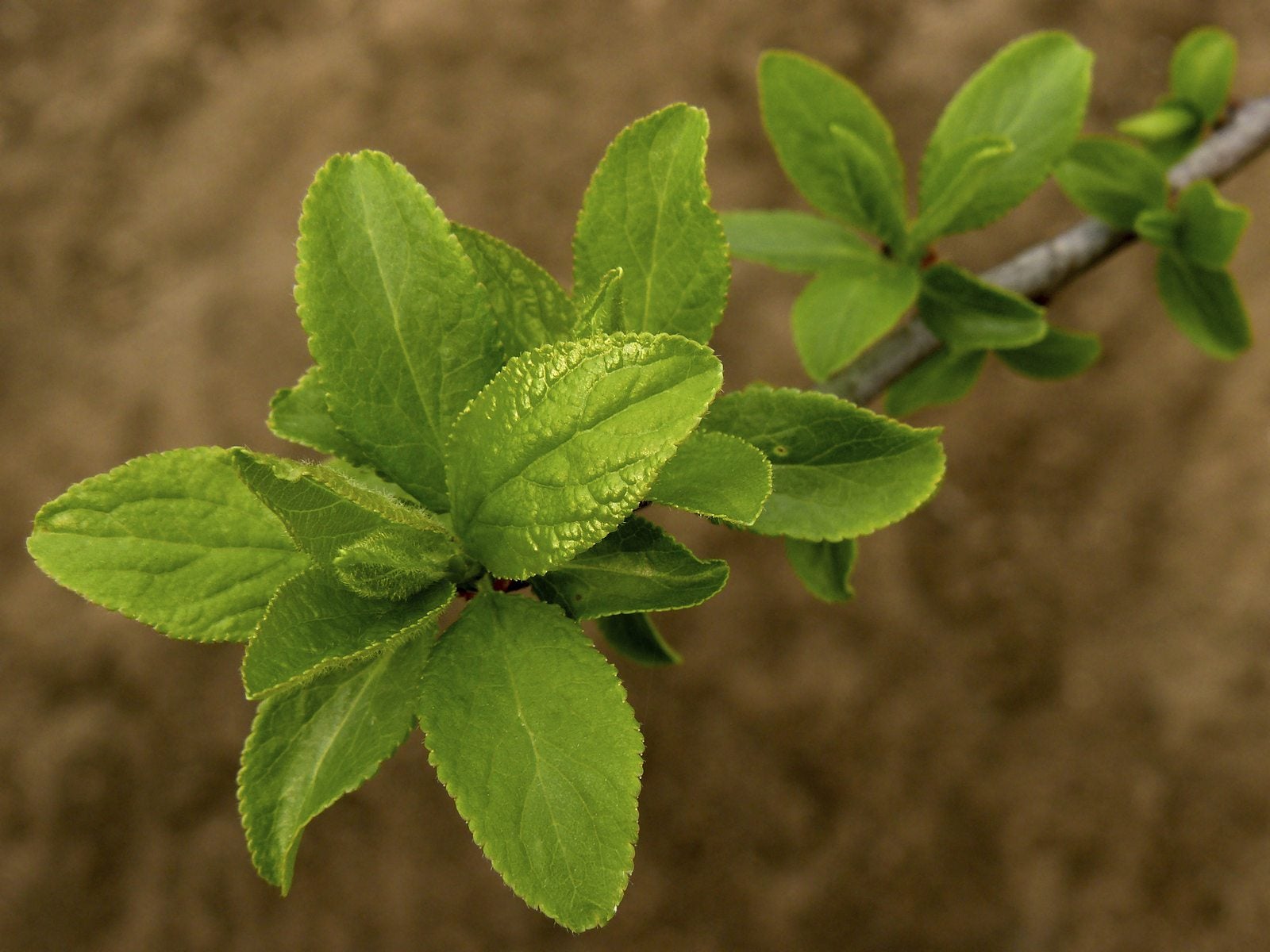Differences Between Cherry And Plum Tree


Many gardeners wonder how to tell plum and cherry trees apart. While the blossoms do look somewhat similar, the differences between cherry and plum trees are easy to spot once you are familiar with them. Read on for all you need to know about plum tree identification and cherry tree identification.
Differences between Cherry and Plum Trees
Both plum and cherry tree identification is not difficult when the trees are laden with fruit, but it is a little more subtle when their fruit is not yet present.
Plum tree vs. Cherry tree leaves
You can tell many differences by looking at the leaves. The leaves of a cherry tree are green and unfold like a wallet. Contrast this with the plum tree leaves that are usually reddish purple. One thing to look for in plum tree identification is the darker leaves. However, a few varieties of plum trees have green leaves. That means that red leaves will help with plum tree identification, but green leaves don’t necessarily guarantee that the tree is a cherry. In most cases, ornamental (flowering varieties) plums will have the reddish colored leaves whereas the fruiting types are green. If you are wondering how to tell plum and cherry trees apart definitively from the leaves, look at the leaf edges. In general, smoother edges mean cherry tree leaves, while toothed edges indicate that you are looking at a plum tree. That said, there are many cherries that have finely toothed leaf edges, making it difficult to know for certain without looking at other characteristics as well.
Plum tree vs. Cherry tree – blossoms
Both plum trees and cherry trees are known for their frothy white, pink, or red blossoms. From afar, the flowering trees look similar, but up close, cherry tree and plum tree identification is possible. The shape of the flower buds will help you tell the difference. Plum trees have round buds, cherry tree buds are oval. If each bud is separately attached to the tree by a short thin stem, it’s a plum tree. If small clusters of blossoms grow from each flower bud, it’s a cherry tree. Smell the flowers. One factor in plum tree identification is the fragrance. All plum flowers have a strong, sweet fragrance. If the flowers don’t smell significant, it’s a cherry tree. Look at the tip of the petals to see if each one has a small split at the very end. This is one fool-proof means of cherry tree identification. Cherry tree petals each have a small split and plum tree petals do not.
How to tell plum and cherry trees apart via trunk
One factor in cherry tree identification is the gray bark on the tree trunk. Look for broken horizontal lines on the cherry tree trunk called “Lenticels.” Plum tree trunks are dark, and the bark looks rough, not smooth. Plum tree bark does not have horizontal lines.
Sign up for the Gardening Know How newsletter today and receive a free copy of our e-book "How to Grow Delicious Tomatoes".

Teo Spengler is a master gardener and a docent at the San Francisco Botanical Garden, where she hosts public tours. She has studied horticulture and written about nature, trees, plants, and gardening for more than two decades, following a career as an attorney and legal writer. Her extended family includes some 30 houseplants and hundreds of outdoor plants, including 250 trees, which are her main passion. Spengler currently splits her life between San Francisco and the French Basque Country, though she was raised in Alaska, giving her experience of gardening in a range of climates.